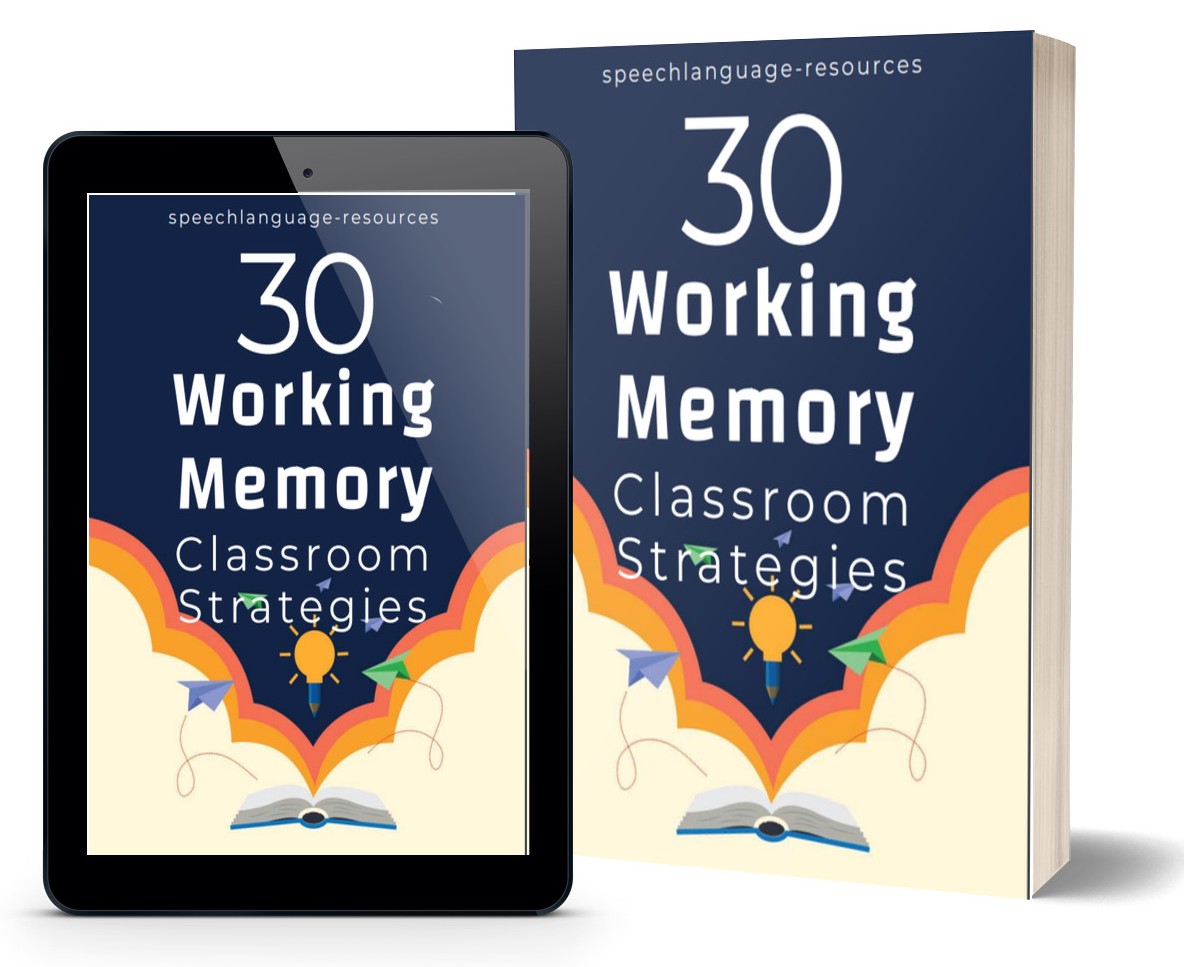Working Memory and the Classroom
Working Memory and the Classroom: strategies that will help to not overload your students' working memory limits.
CHUNKING
Picture this: You're in a vibrant, buzzing classroom, filled with students eager to dive headfirst into their studies. The atmosphere is charged, everyone's raring to go. That's what breaking down complex tasks into smaller, more manageable parts can do – it has the potential to transform a learning environment into a hub of excitement and achievement.
Chunking information is all about taking that colossal assignment or perplexing problem and breaking it into bite-sized, digestible pieces. Think of it as slicing a giant pizza into manageable slices. Suddenly that mountain of work doesn't seem nearly daunting.
Chunking makes learning and problem-solving more attainable, particularly for children with learning difficulties. By approaching one chunk of information at a time, your students gain confidence with each completed segment until they have conquered the whole task.
It's like assembling a rather complex jigsaw puzzle – the pieces slowly come together, until a cohesive picture is revealed. So, next time you are faced with teaching complex information, embrace the magic of chunking.

VISUAL AIDS
Think of your brain as a busy library, row upon row of books organised neatly (if you're lucky) and your working memory is the librarian dutifully managing the books.
Visual aids?
Well, while we're in the analogy of libraries think of visual aids as vibrant, colourful bookmarks.
So, why are visuals recommended here to aid students' working memory?
Well, working memory can be a bit like our analogy of a librarian, but a librarian that can be distracted and forgetful. But when we introduce the coloured visual bookmarks, it's like offering that librarian a visual cue – it helps the librarian hold on to important information just that little bit easier.
Some visuals to ponder.
Diagrams can be likened to treasure maps. They show the path to knowledge, making complex ideas, well, less complex and simple as colouring by numbers. Charts, on the other hand, organize data into neat packages, making facts easier to digest.
And images?
They’re like windows that allow students to peer into new worlds, turning abstract concepts into tangible realities when thoughtfully matched to the words you say.
Be excited about the possibilities of visuals on your science of learning journey. You are potentially about to unlock a whole new level of understanding.
Embrace the magic of visual aids, and you may find that your students' working memory have received new levels of support allowing them to retain new information that much better.

Working Memory and the Classroom - Active Listening
ENCOURAGE ACTIVE LISTENING
Active listening is not just hearing words but truly understanding and processing what is being said. It's like tuning into a favorite radio station - you don't want to listen to harsh or draining static; you want to catch every note and beat of music in clear stereo.
First, ensure your students are free of external distractions – external noises (if your classroom is open-plan, noisy neighbours, etc) – and focus on your words and images. Gently remind your students that the lesson you are presenting is a gateway to knowledge and success in a given topic area.
Next, be a role model.
When you talk, demonstrate active listening yourself. Maintain eye contact with your students, nod in agreement to thoughtful statements, and ask questions that prompt active involvement. Your enthusiasm for a subject will be contagious.
Involve your students actively in discussions. Encourage them to ask questions and share their thoughts. This not only makes the class dynamic but also reinforces students' understanding of complex information by supporting their limited working memory reserves.
In this dynamic environment, learning becomes more like an adventure. Curiosity thrives. Students become active participants. The classroom becomes a hub of creativity and growth.
So, give active listening every chance to succeed. Cultivate active listening in your classroom, and watch the transformation in student engagement. Your students will be engaged learners, and together, you'll embark on a fulfilling educational journey.

Working Memory and the Classroom - Short Breaks
SHORT BREAKS
We all know that learning can sometimes feel like a marathon, especially for our most vulnerable students. That's why we, as educators, have a a tried and true strategy – regular, short breaks.
Short breaks are about creating an atmosphere where our students can thrive. It give our students the chance to recharge their mental batteries.
So, why do we do it?
Think of our brains as porous but very finite sponges. Our sponges can only soak up so much new information at a time before they get soggy and leaky. (Not a great metaphor we know, but stay with us here.)
Short, strategic and scheduled breaks help wring out that soggy mental sponge, and helps to prevent cognitive overload. And let's not forget, short breaks also help in boosting our students' moods and motivation. Think of it as hitting the refresh button.
Now, imagine your classroom as a thriving ecosystem of learning. The excitement is real, the energy is infectious, and the students are ready to learn once more. That's the magic of these regular breaks.
So, please, don't forget the power of those short, recharging pauses.
They can be the key to unlocking your students' mental and working memory reserves and produce a classroom environment that's not just engaging, but is actually thriving.
Click on the image below to download the free 30 Working Memory Classroom Strategies ebook
UPDATED 11/2023

